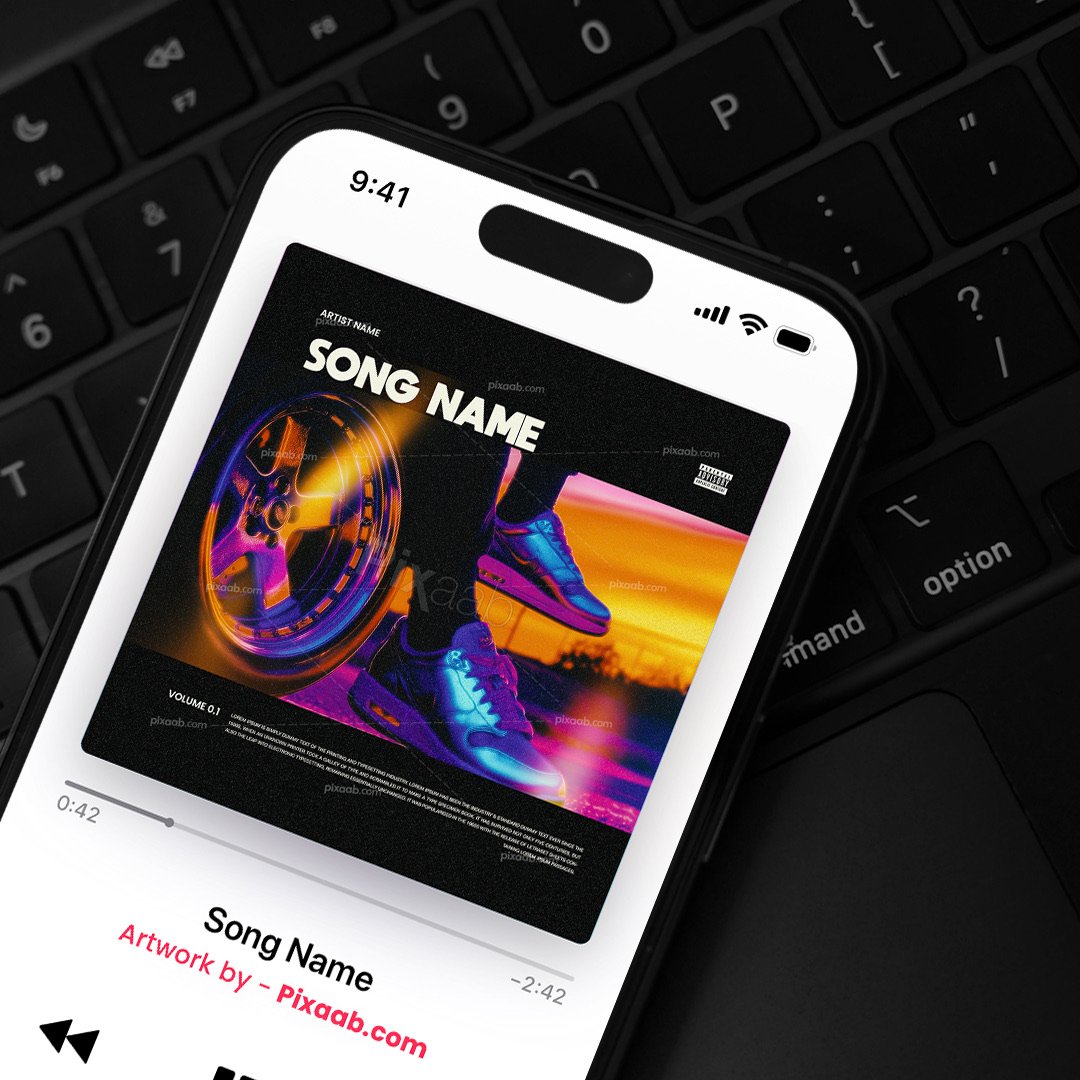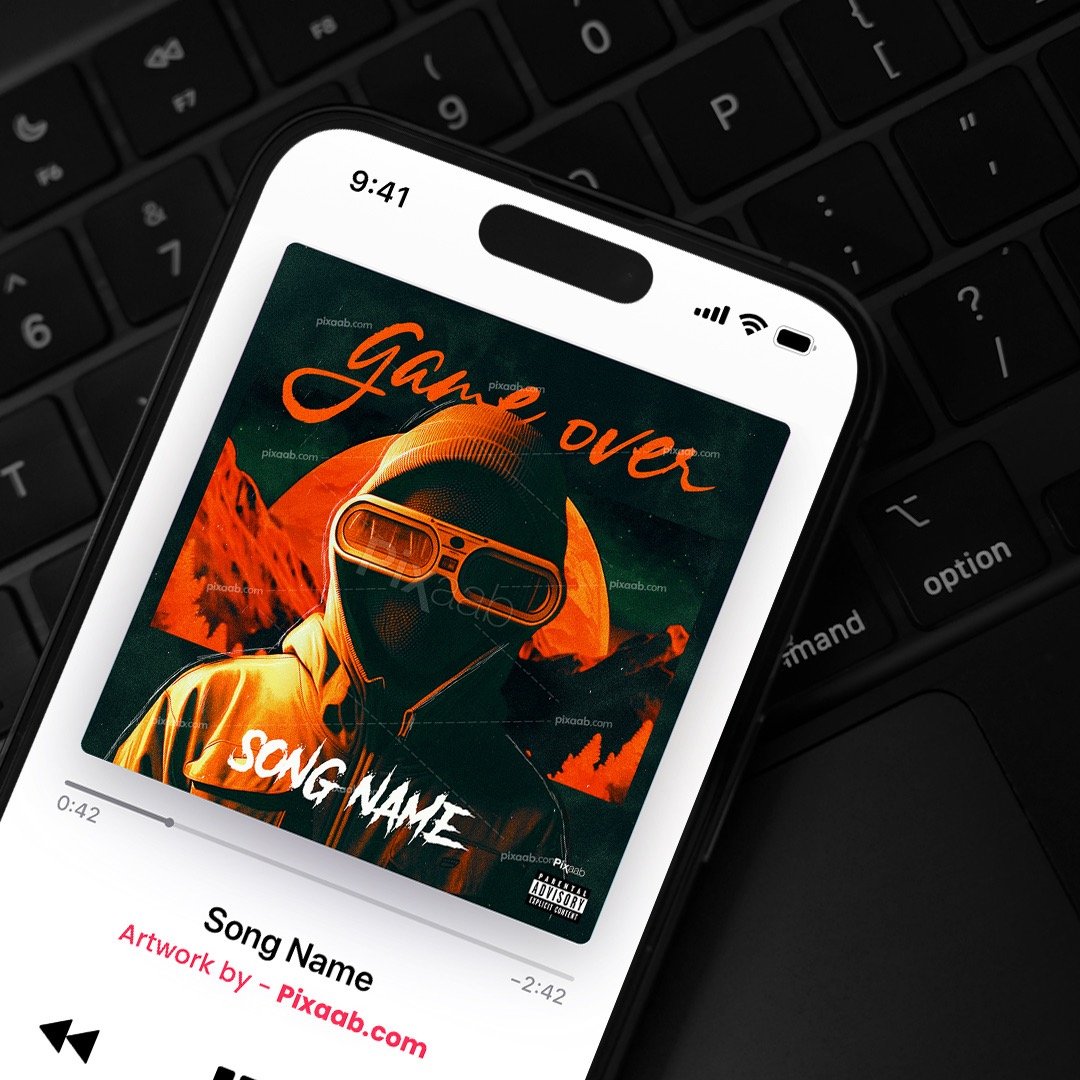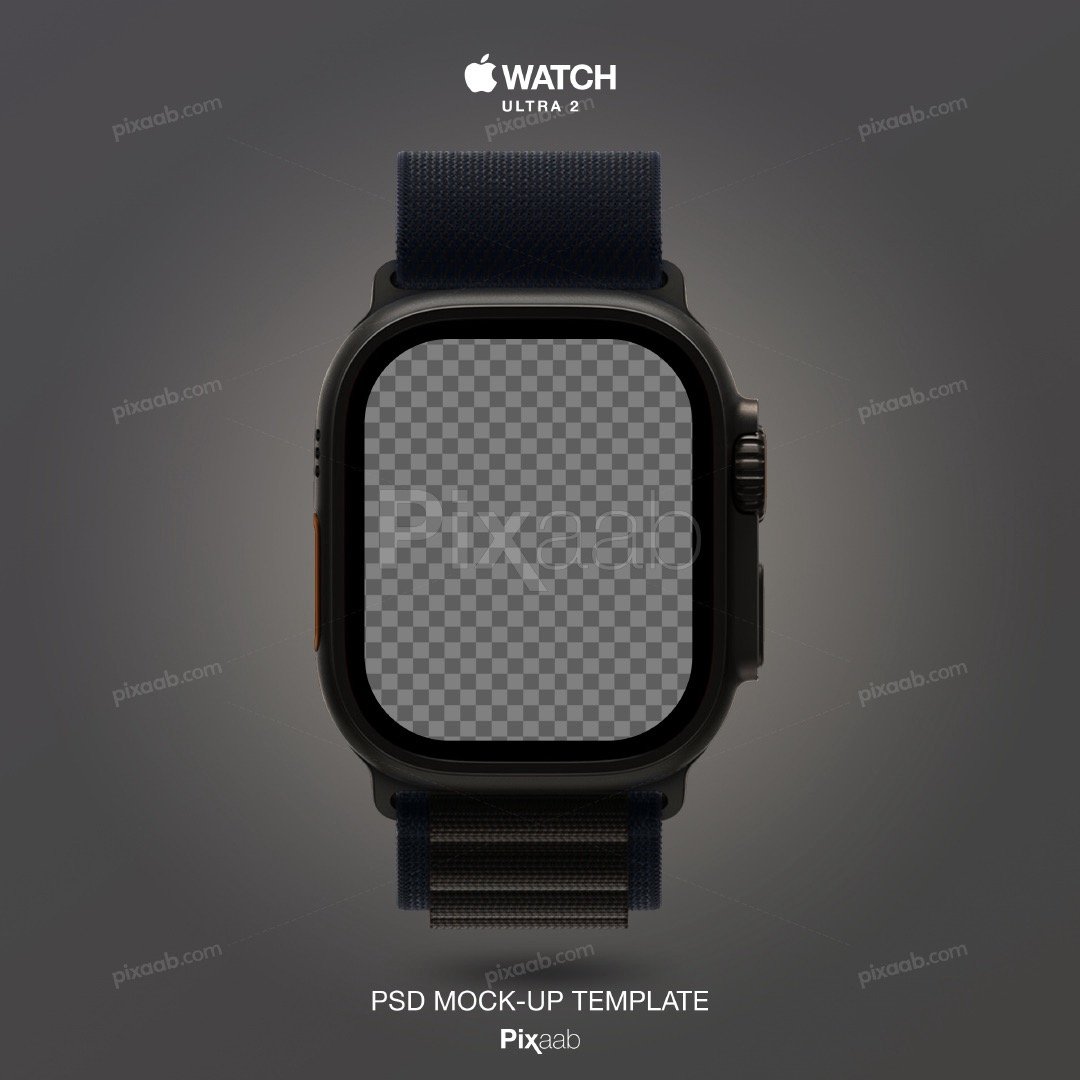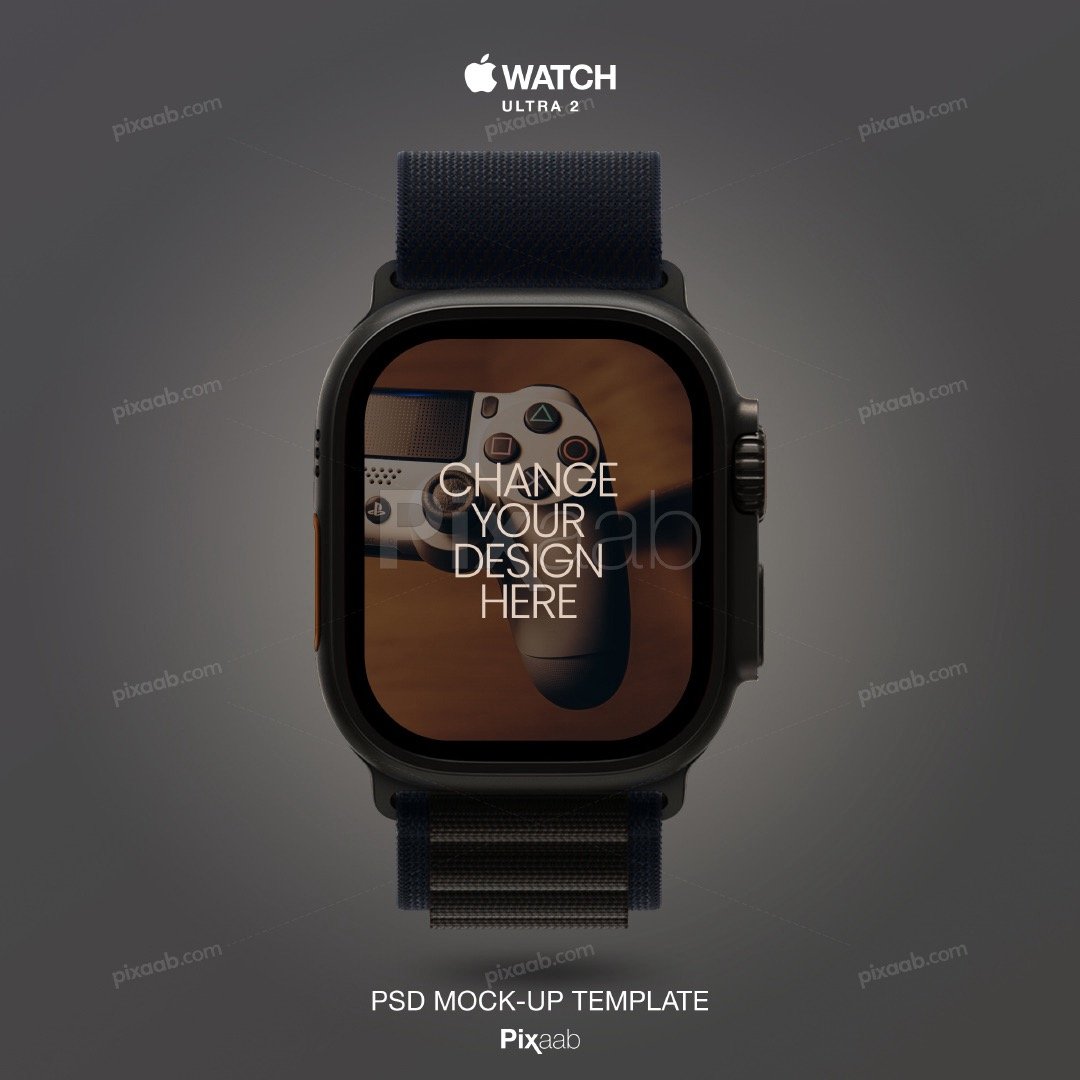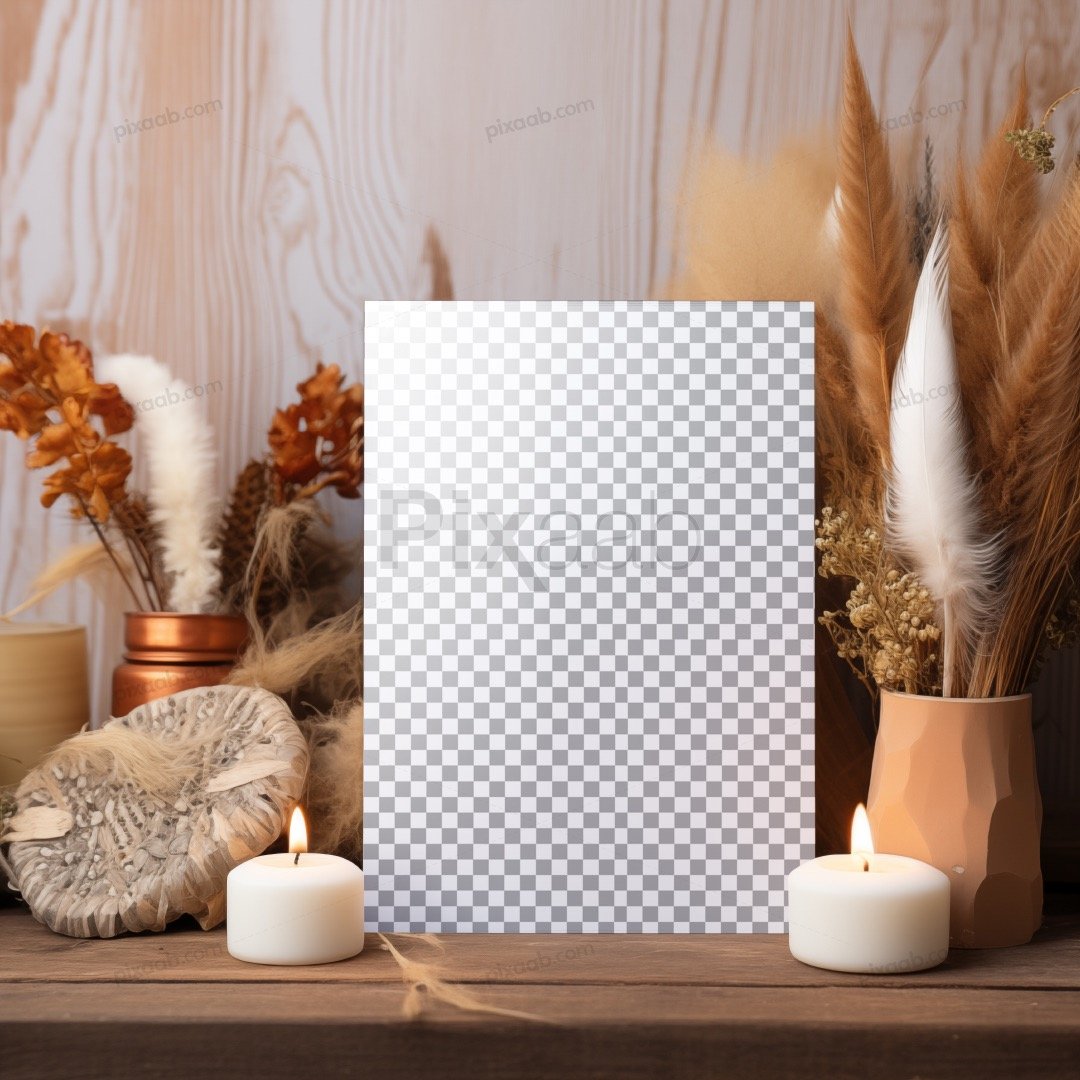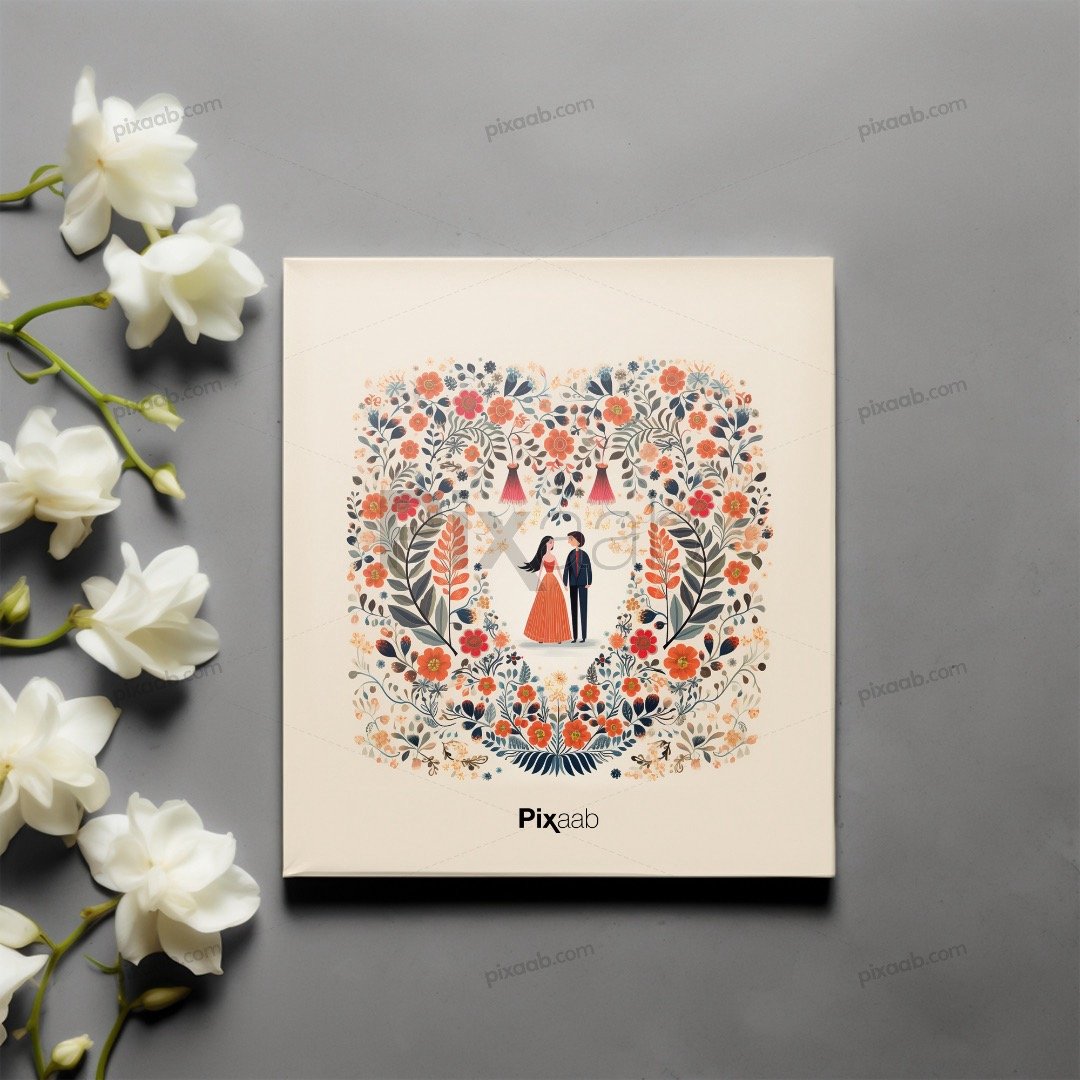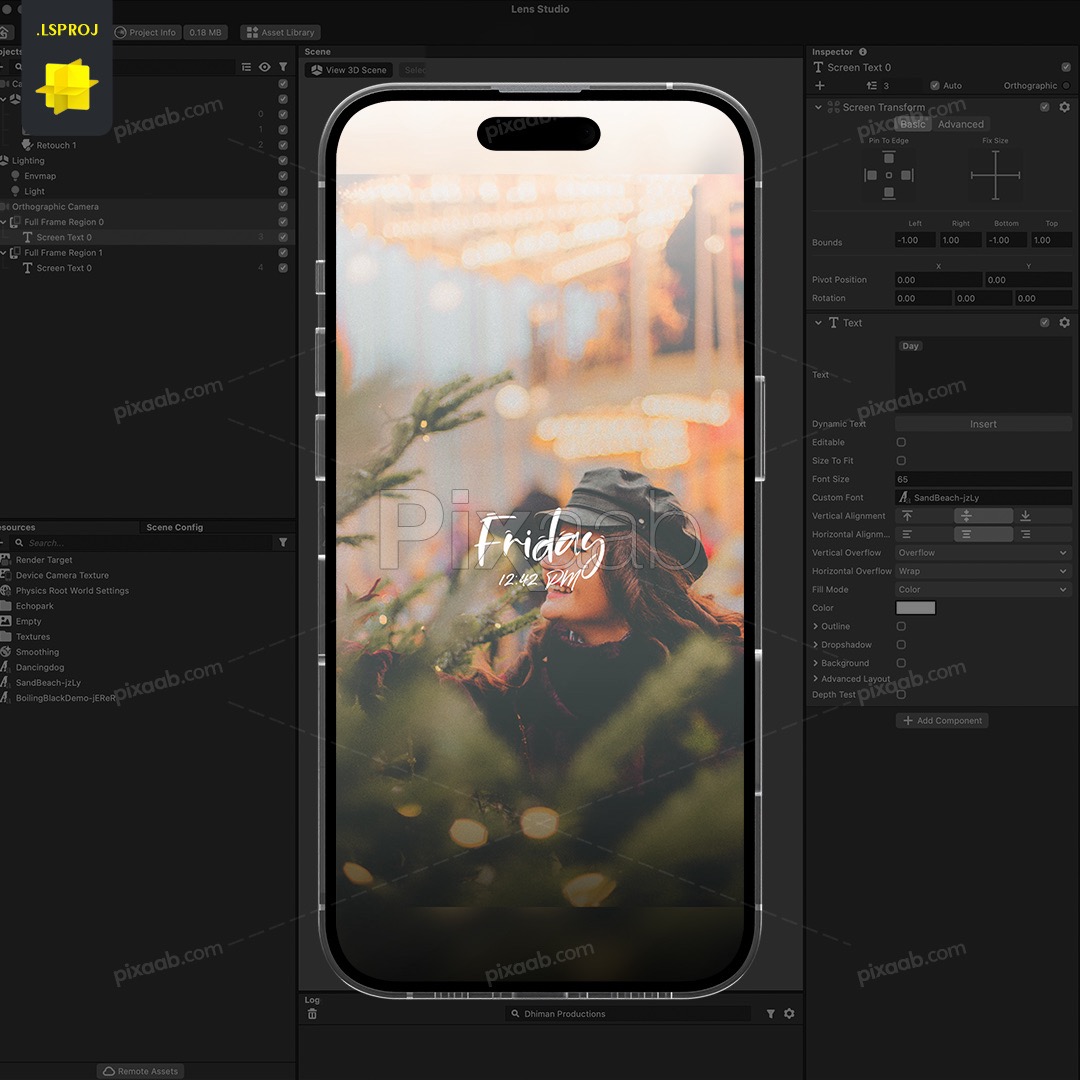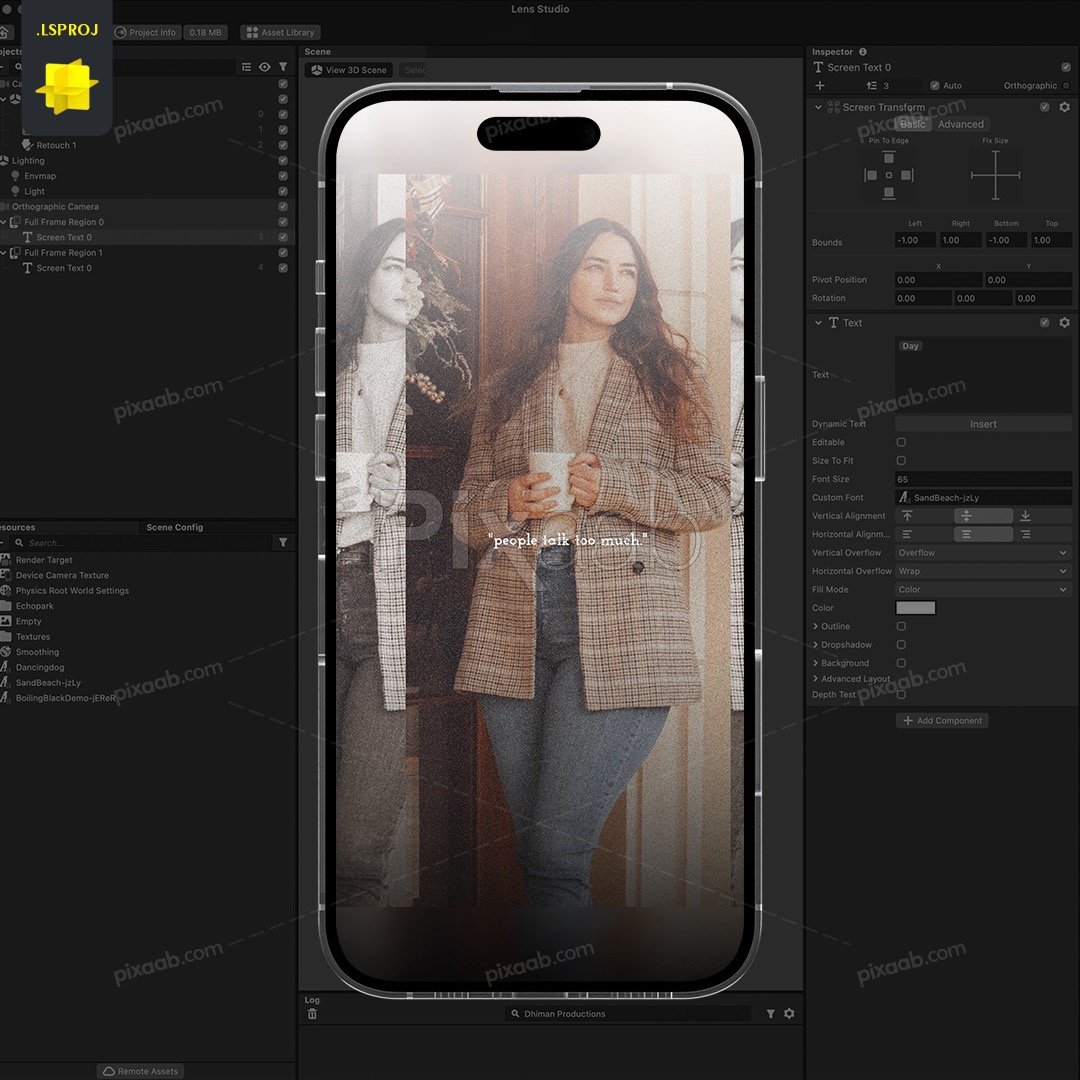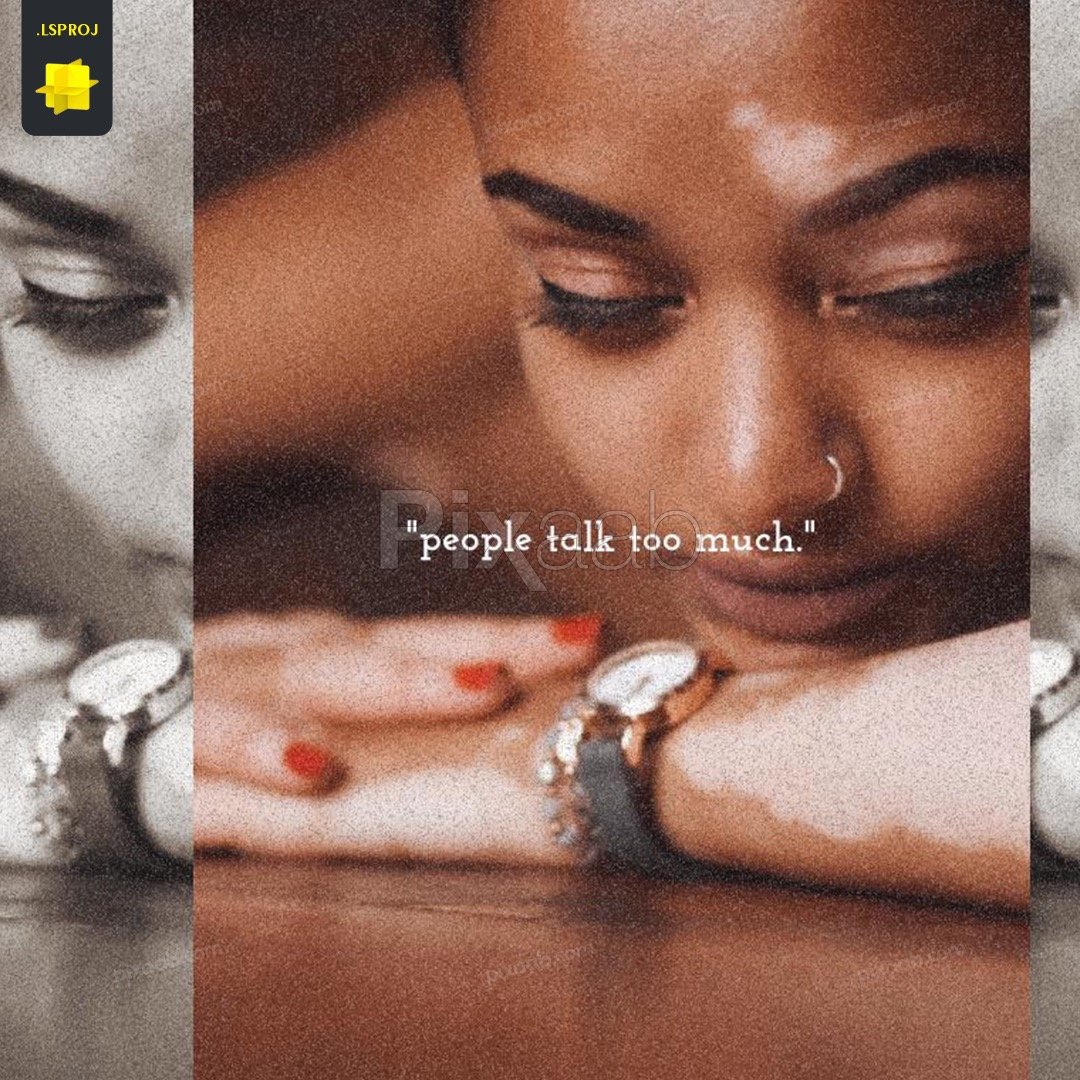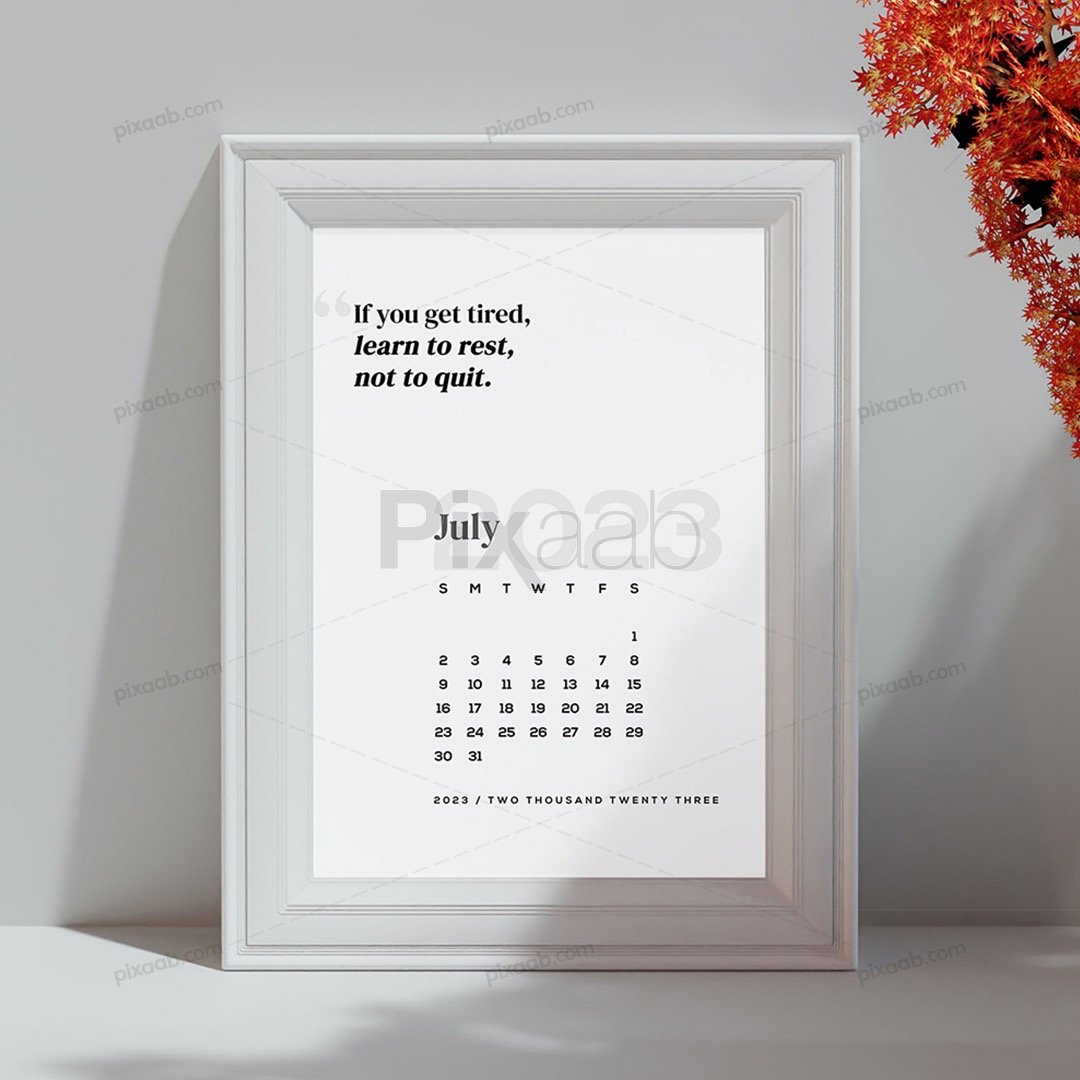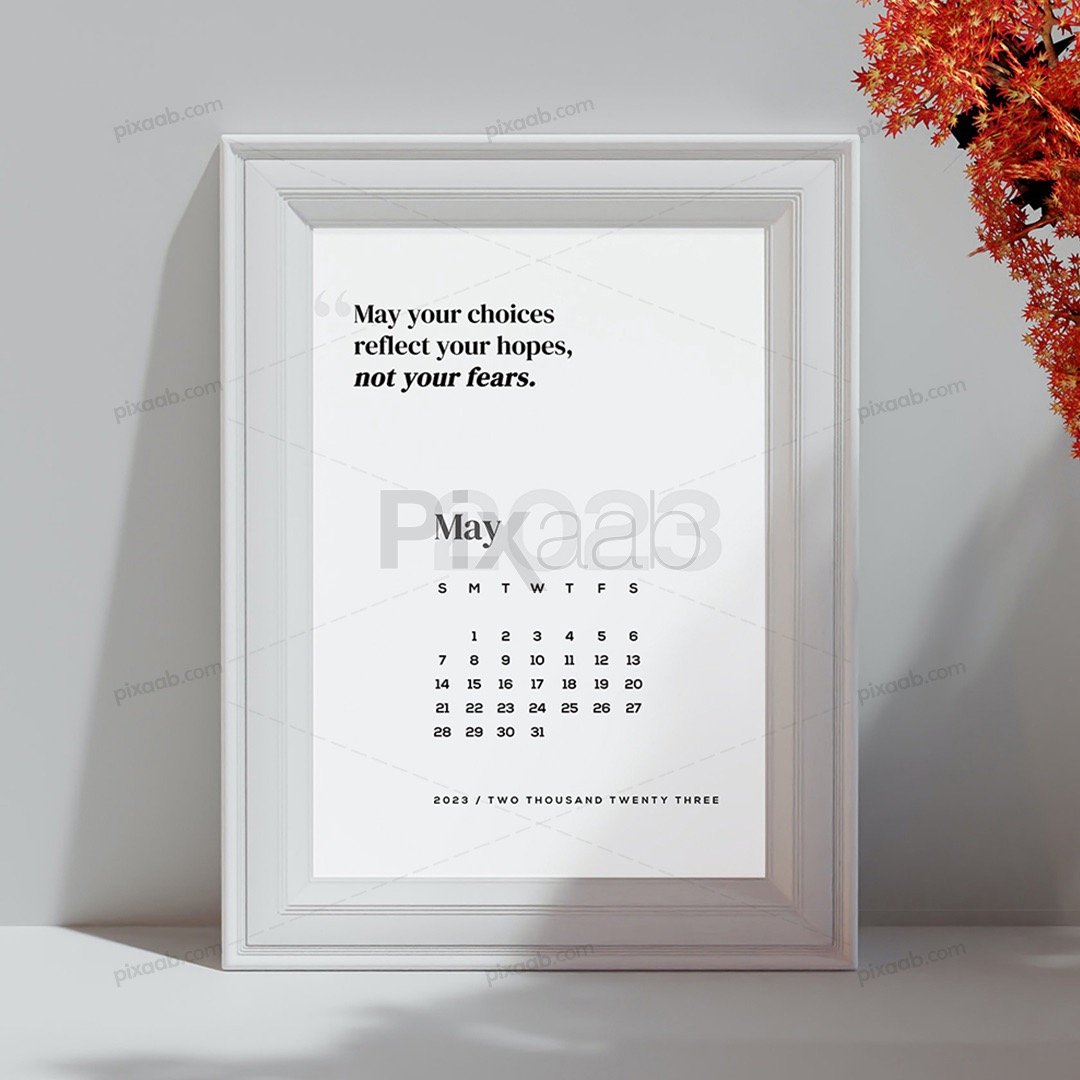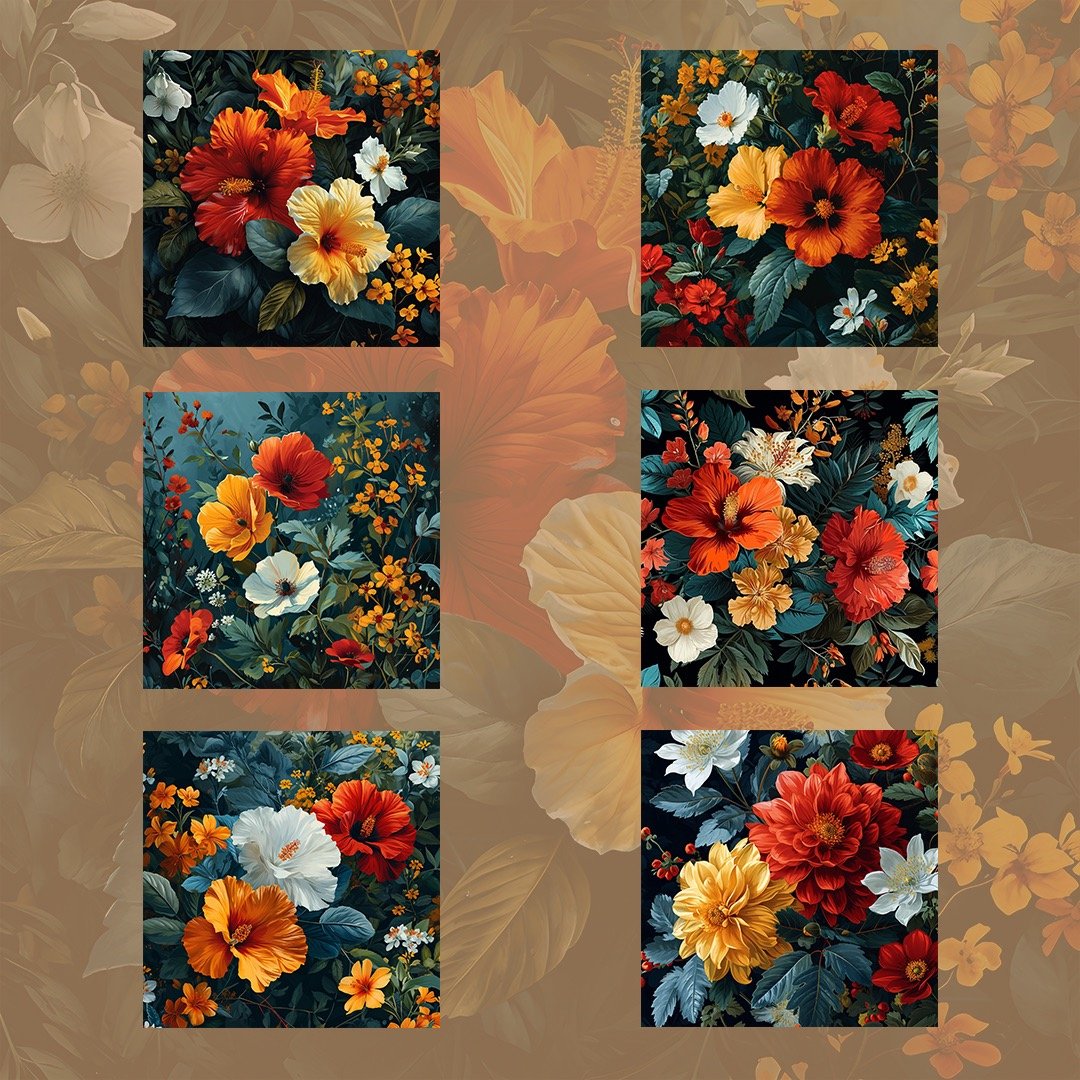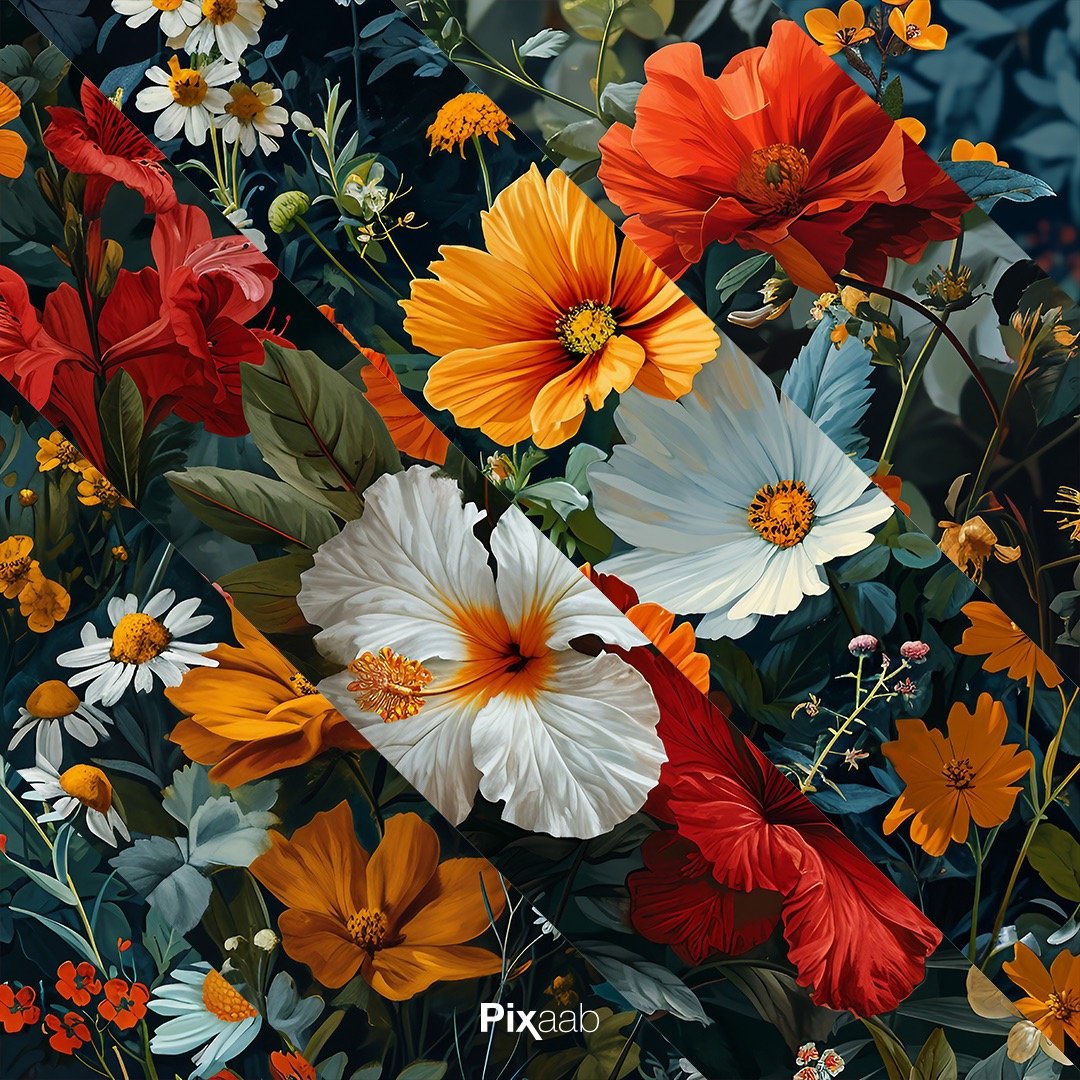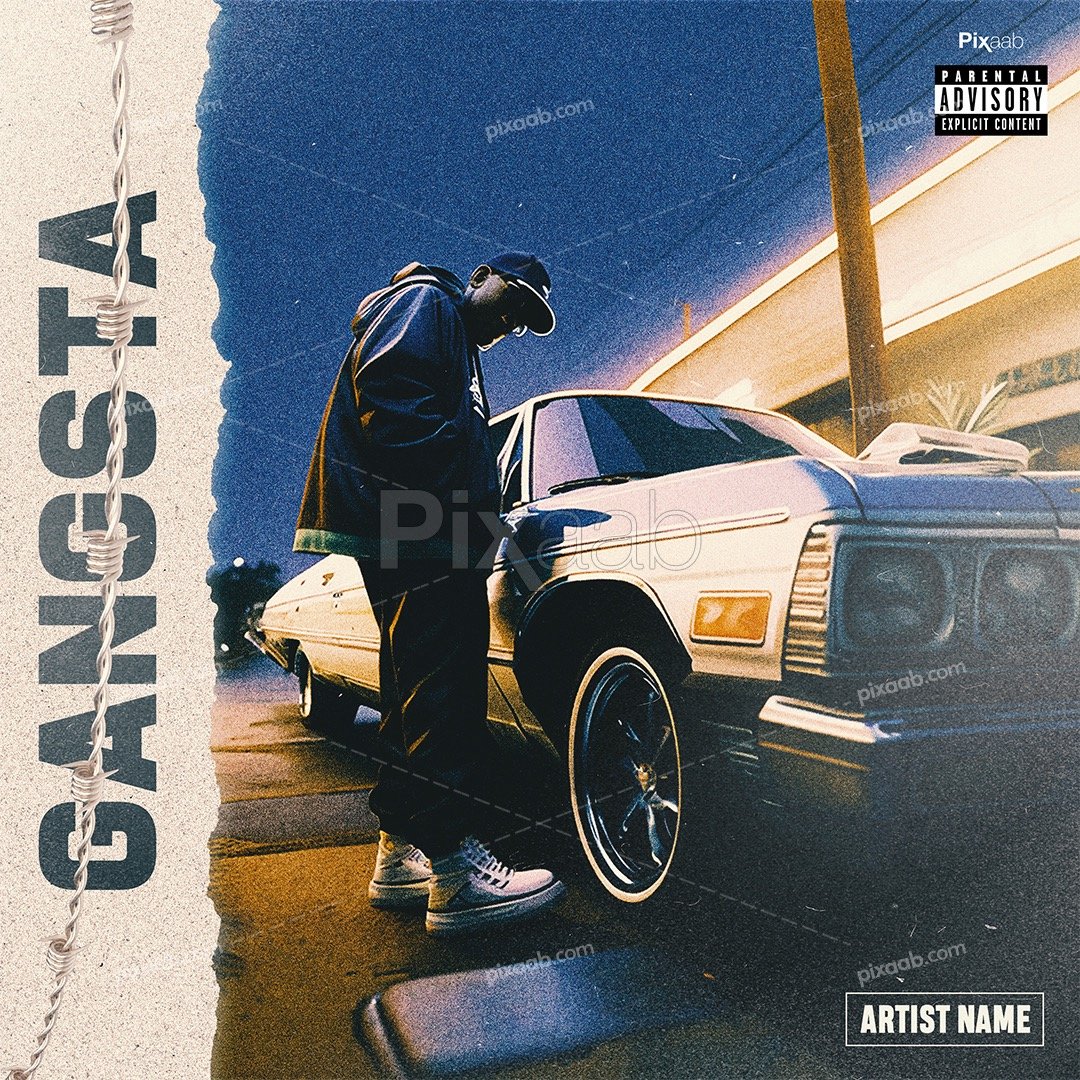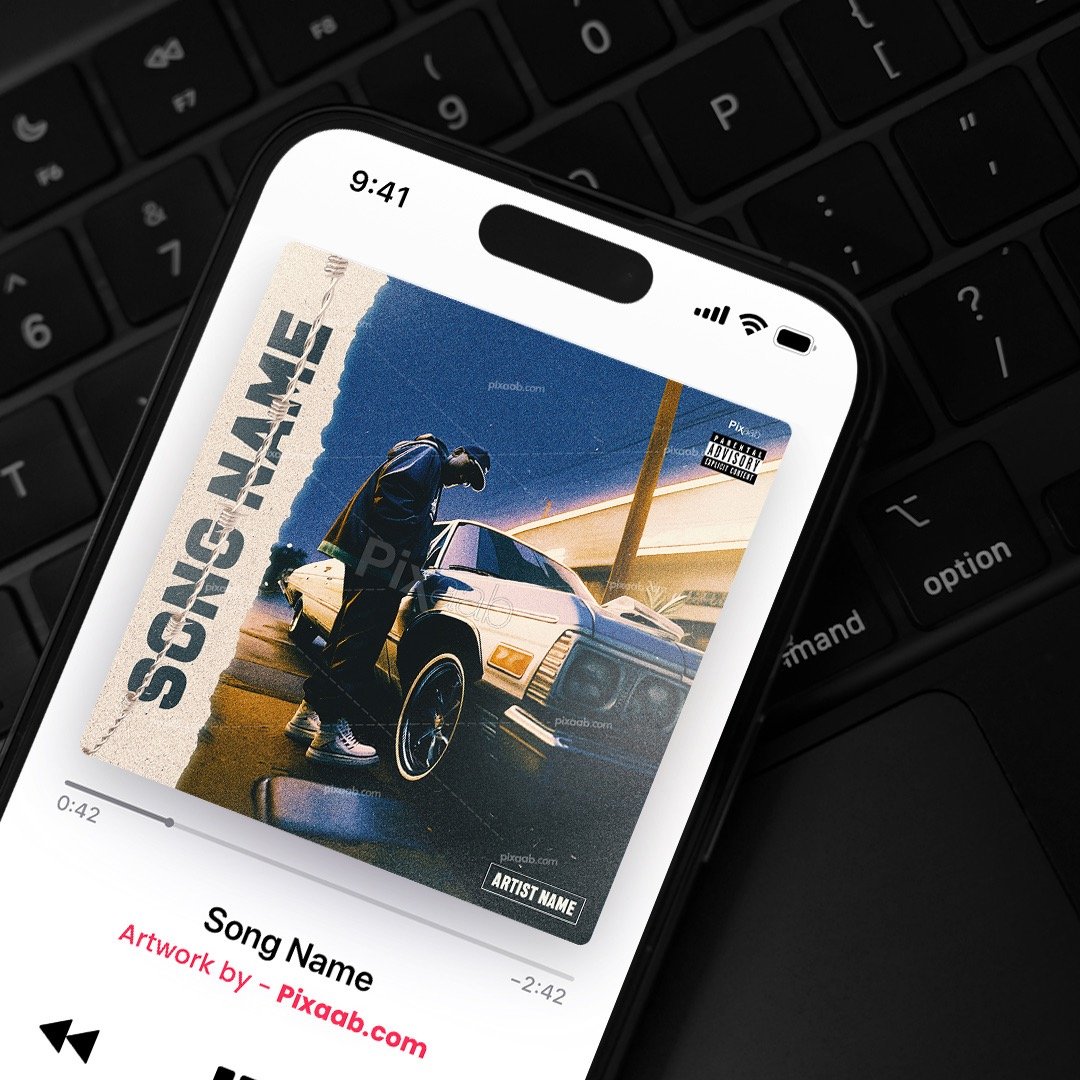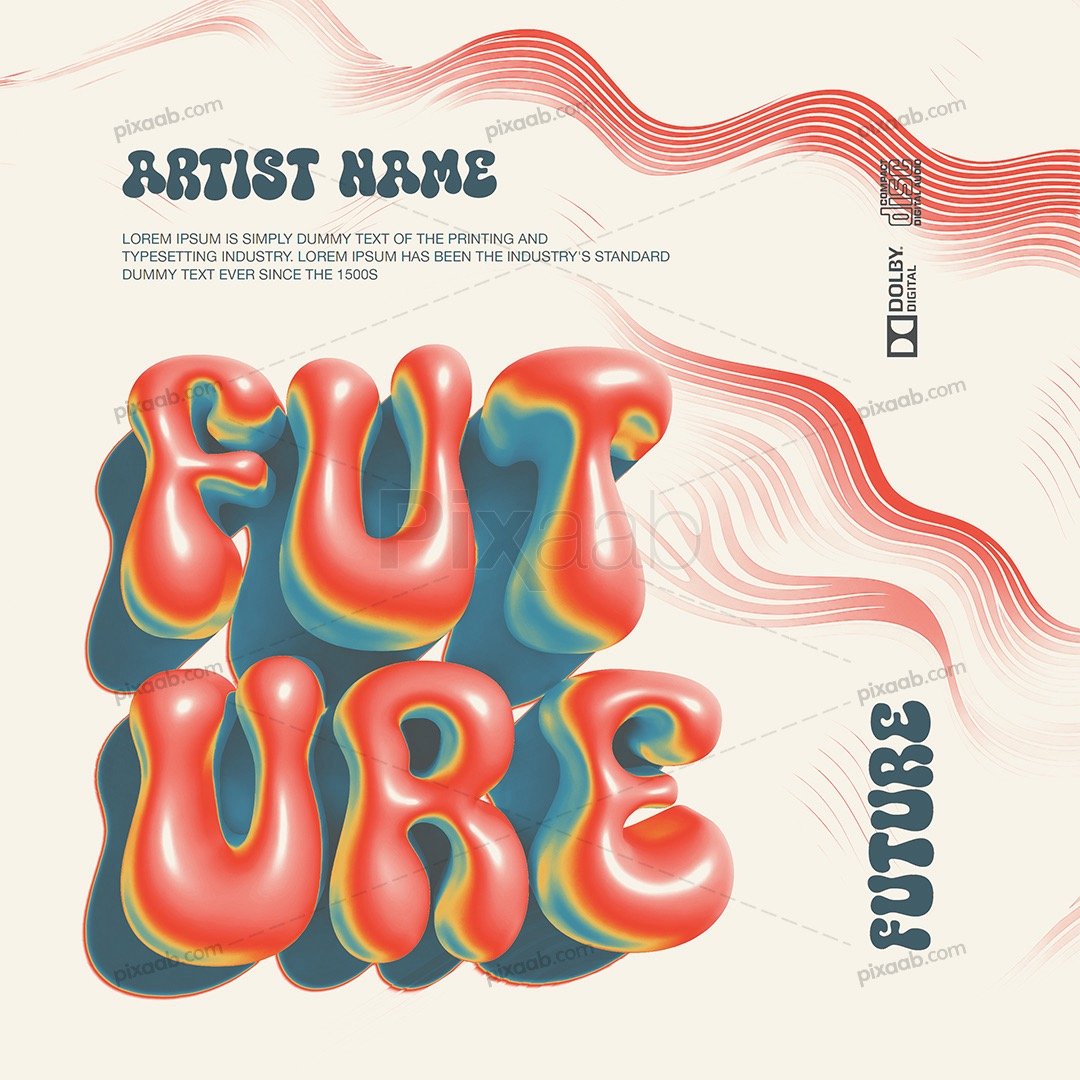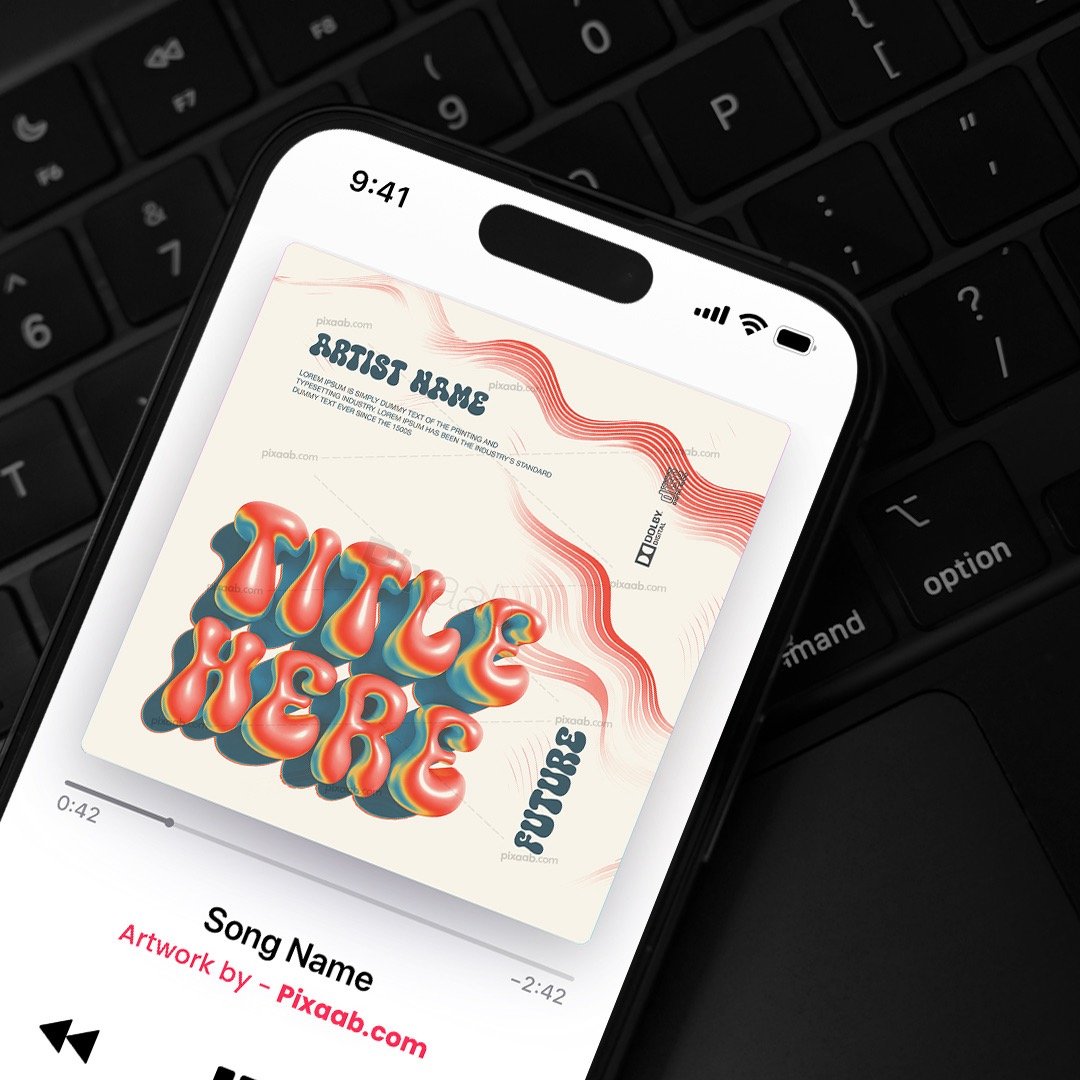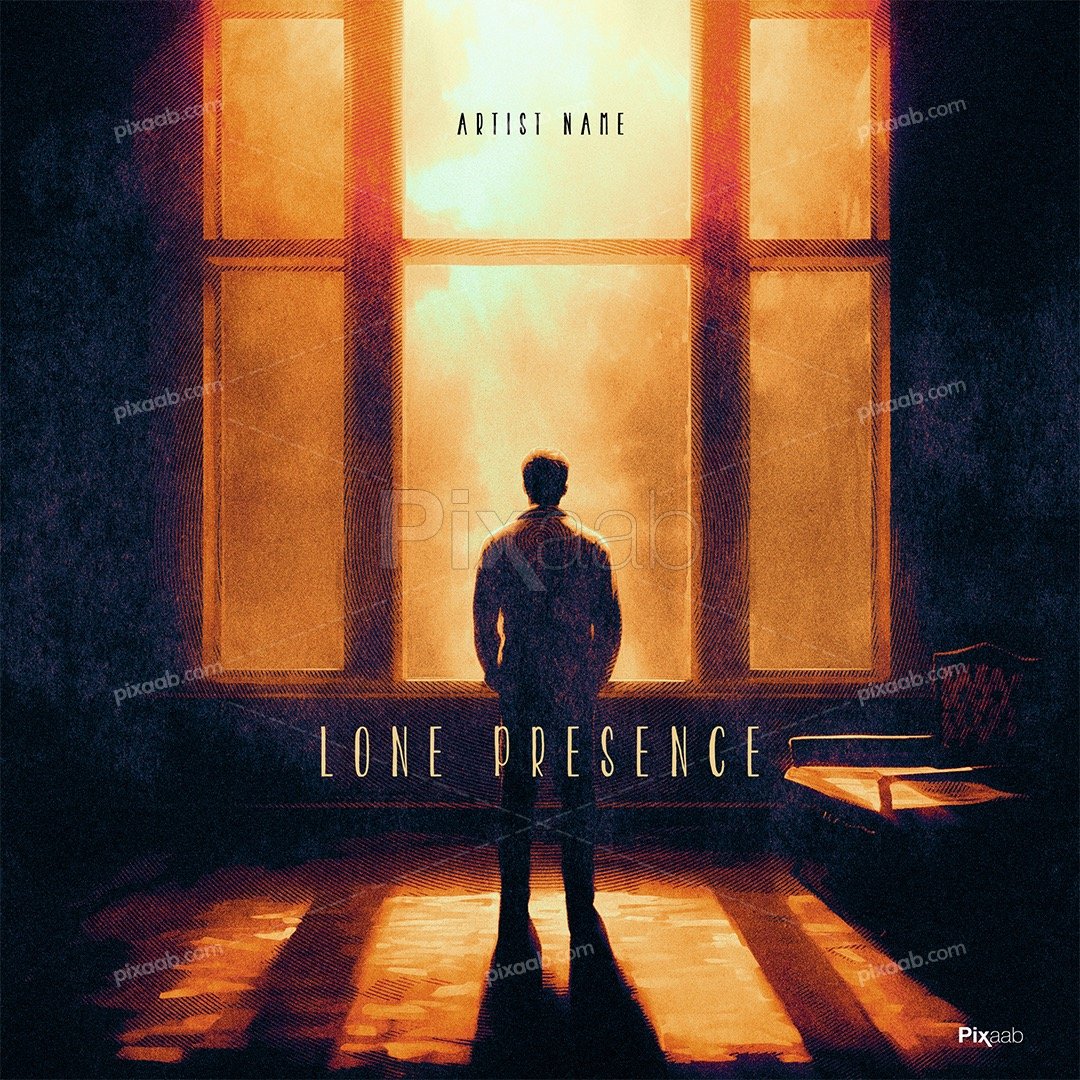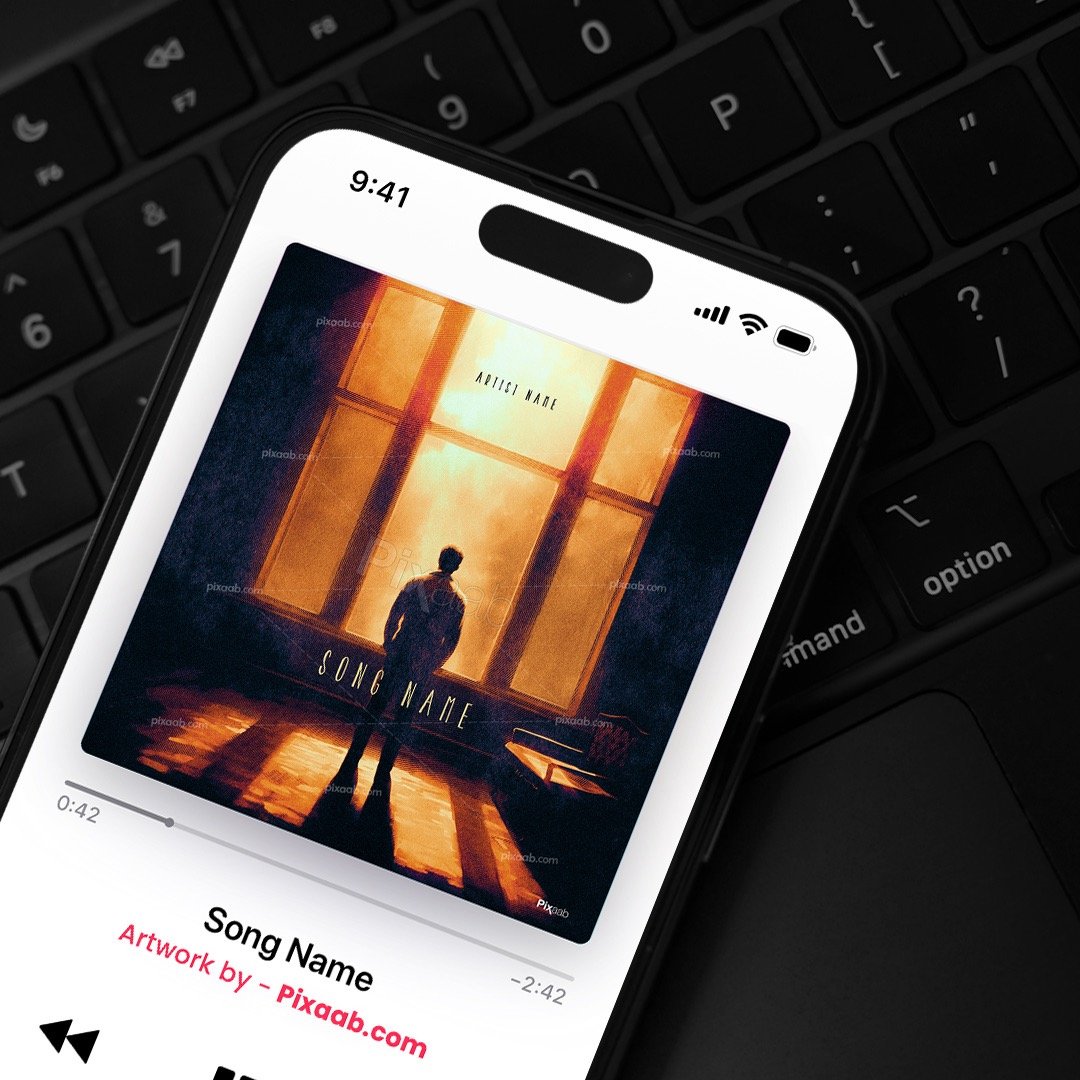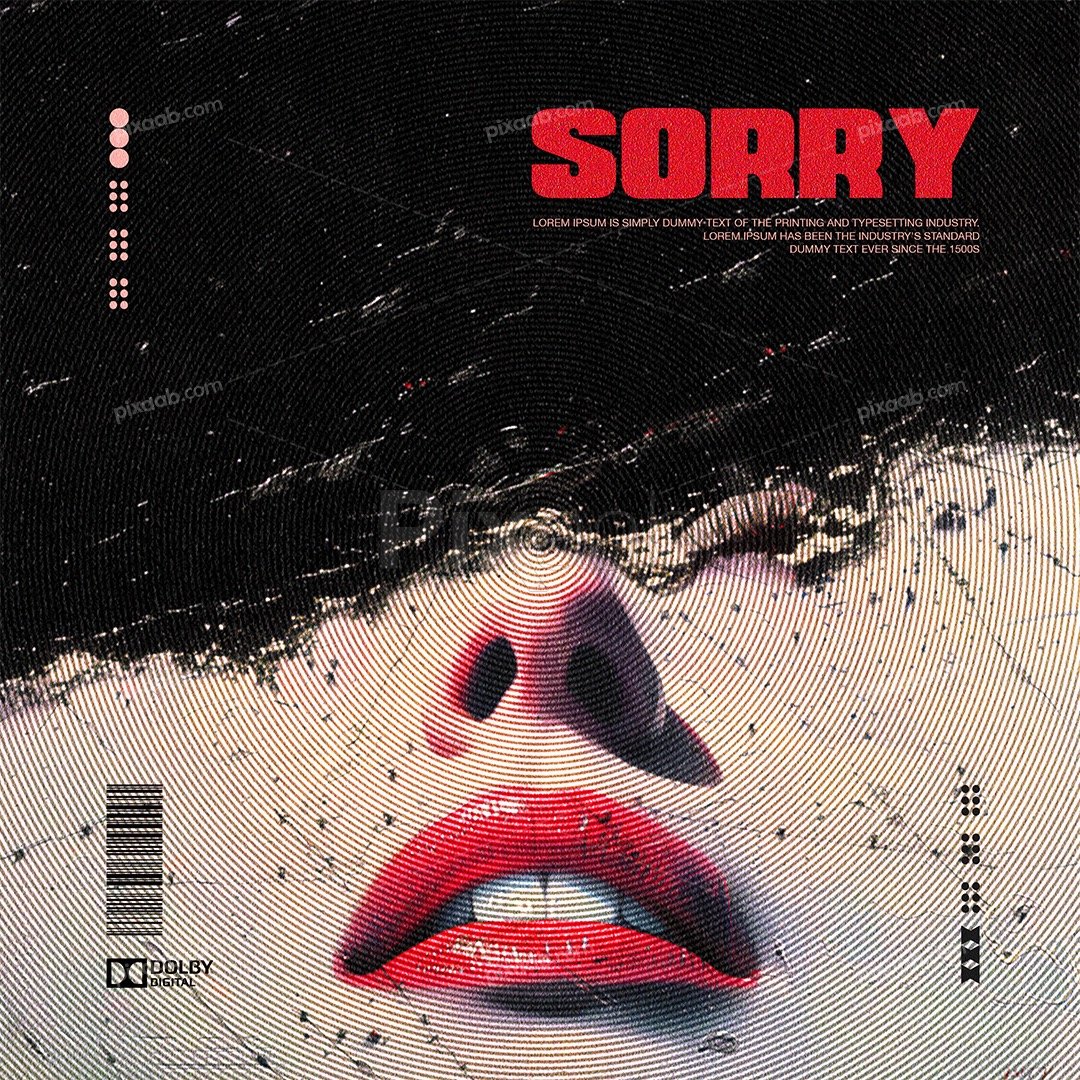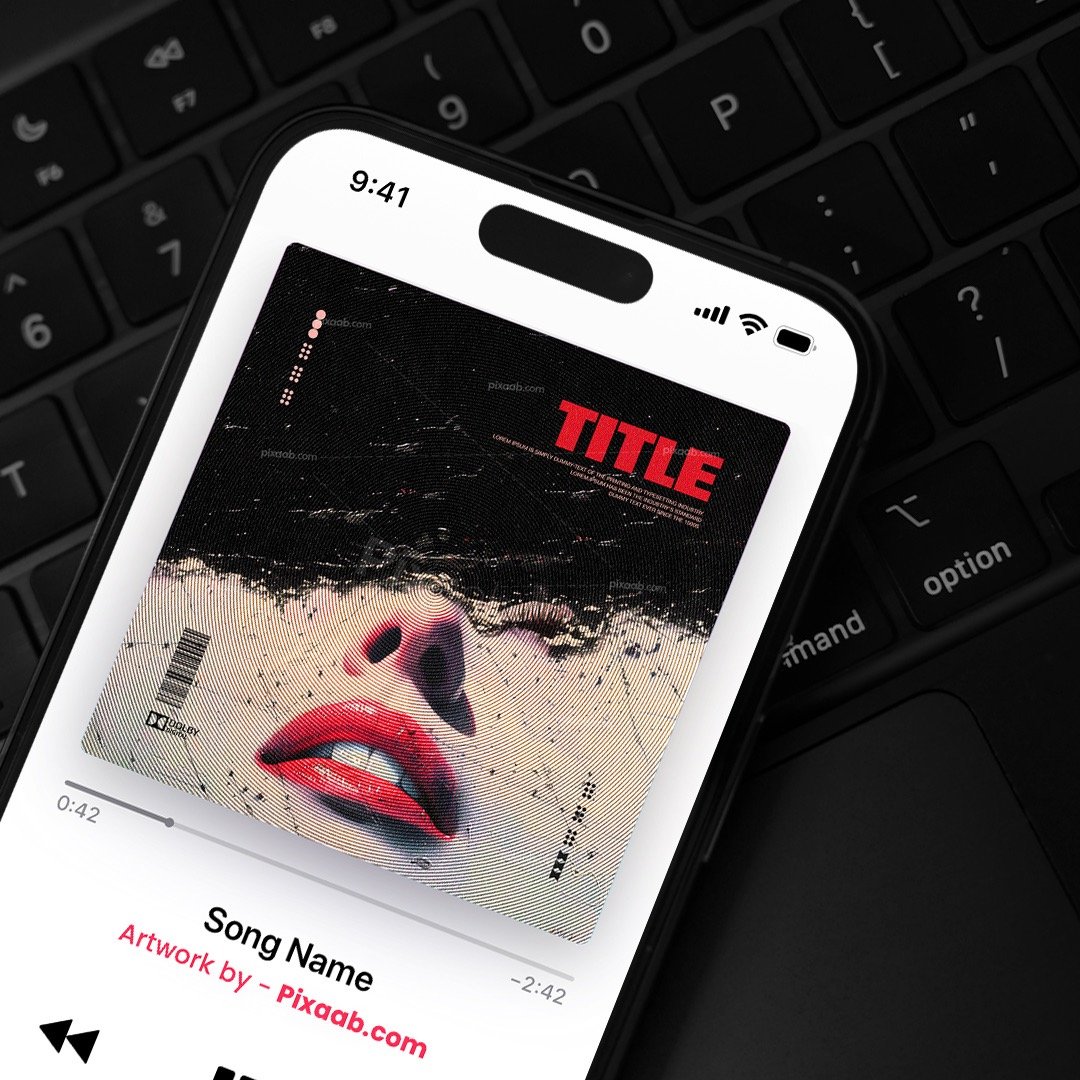Blog
Who Owns the Rights to Album Covers?
Album covers are the visual gateways to the auditory worlds that lie within. They not only represent the essence of the music but also play a pivotal role in attracting listeners. However, when it comes to album covers, there’s often a question of ownership and copyright. Who holds the rights to these captivating and artistic creations? This blog post delves into the complexities of album cover ownership.
Understanding Album Cover Ownership
In the world of music, album covers are more than just images. They are a form of artistic expression that encapsulates the mood, theme, and message of the music they represent. They are often created by skilled artists or photographers, making them an integral part of the music industry. However, the ownership of these album covers isn’t always straightforward.


The Creator’s Copyright
If you, as a musician or band, have hired and paid an artist or photographer to create the visual image for your album cover, the copyright of that work initially belongs to the creator. This means that the artist or photographer has the legal rights to the image, and they can decide how it is used, reproduced, or distributed.
Copyright Assignment
To obtain the rights to the album cover, there needs to be a clear understanding between the creator and the musician or band. The copyright ownership can be assigned or transferred to you. This assignment usually involves a legal agreement, where the creator agrees to transfer their rights to you or your band. Once the copyright is assigned, you, as the musician or band, have full control over the album cover, including how it’s used, altered, or licensed.
Work for Hire
In some cases, musicians or bands may hire an artist or photographer under a “work for hire” agreement. Under this agreement, the creator is considered an employee, and any work they produce as part of their employment is owned by the hiring party – in this case, the musician or band. This is often the simplest way to ensure that you have full ownership of the album cover from the beginning.
Joint Ownership
Another scenario that can arise is joint ownership. If you and the creator agree to collaborate on the album cover, joint ownership may be established. This means that both parties share the copyright, and decisions about the use and distribution of the album cover must be made jointly.
Importance of Clarifying Ownership
Clarity regarding ownership is crucial to avoid any legal disputes in the future. Whether through an assignment, a work for hire agreement, or joint ownership, having a written contract that outlines the terms is essential. This contract should specify who owns the rights to the album cover, how it can be used, and any compensation for the creator.
Navigating the Legal Terrain
The legal aspects of album cover ownership can be complex. It’s advisable to consult with a legal professional who specializes in intellectual property or copyright law to ensure that all agreements and contracts are legally sound. This ensures that you have the rights to your album cover and can use it as intended without facing copyright infringement issues.
Potential Challenges and Disputes
In cases where the copyright ownership is not clearly defined or transferred, disputes can arise. These disputes may involve issues such as how the album cover is used for promotional materials, merchandise, or licensing for other purposes. To avoid such conflicts, it’s best to have a well-documented agreement that clarifies the ownership and usage rights.
Exclusive Rights for Musicians
Once you, as a musician or band, have secured the rights to your album cover, it’s essential to understand the exclusive rights this ownership entails. You have the authority to decide how the album cover is used for promotional materials, merchandise, and any associated branding. This exclusive control allows you to leverage the visual representation of your music to enhance your image and marketing efforts.
Licensing and Collaborations
In some instances, musicians or bands may choose to license their album covers for various purposes, such as merchandise, promotional materials, or even for use by other artists. The licensing agreement outlines the terms and conditions under which the album cover can be used by others. These agreements are typically accompanied by a fee or royalty arrangement for the creator.
Additionally, collaborations with other artists, designers, or photographers for future projects can also be addressed under licensing agreements. Such collaborations provide opportunities to further enhance your visual branding and connect with a wider audience.
Album Cover Changes and Alterations
As the owner of the album cover rights, you also have the flexibility to make changes or alterations to the cover as needed. This can be particularly useful if you plan to re-release an album, create special edition versions, or adapt the cover to fit changing branding or visual styles.
Conclusion
Album covers are not just images; they are artistic expressions that connect music with visual storytelling. Understanding album cover ownership is vital for musicians and bands. Whether through assignment, work for hire, or joint ownership, clarifying and documenting the copyright ownership is key to avoiding disputes and legal issues.
Once you secure the rights to your album cover, you gain exclusive control over its use and can explore licensing opportunities to enhance your music’s visual branding. It’s a valuable asset that complements the auditory experience, and ensuring ownership paves the way for a harmonious relationship between the visual and musical aspects of your artistry.

